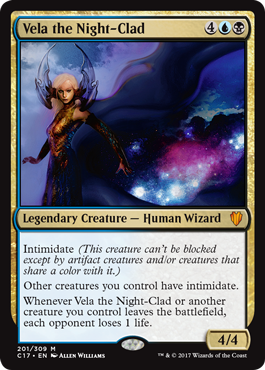For many years the martial art that we study was known throughout the world as Ninjutsu,.
The Japanese ideogram for "Nin" of Ninpo is composed of two lesser characters. The character for "blade" is placed over the character for "heart". This has been interpreted in several ways. One meaning is that the warrior will persevere although a blade (or any adversity) is held over his heart.
The term Ninjutsu, however, is limited, for the Bujinkan itself consists of nine ryu and only three of these are Ninjutsu schools. The other six arts are predominately of the Samurai arts.
Ninjutsu was developed in the Iga and Koga regions of Japan.
Hollywood would have you believe that all ninjas were assassins, hired for one single purpose to kill. This is, in fact, only true in part and now confined to the stuff of myth and legend. The fact is that ninjutsu ryus were derived from samurai, farmers and peasants. Many clans were founded by warriors who retreated to the mountains with their families, after falling to their enemies in battle. This way they would avoid ritualistic suicide (sepaque), which the samurai code demands in defeat.
Here in the sanctity of their mountain hideouts, they would carve a new life and in tern would develop the necessary skills, not only to survive but also to fend off any aggression from advancing samurai clans. In time, their way of life made them something to be feared. They had become warfare specialists, experts in combat and strategy. Legend now shrouded them, as their very beings were linked to Tengu, demons of the forest. As such the ninja clans were despised by samurai and common folk.
Daisuke Togakure, a samurai in the mid 1100's, was on the losing side of a battle and escaped to the mountain region of Iga. It was here that he is credited for founding Togakure Ryu Ninjutsu.
Unlike many martial arts, Budo Taijutsu has continued to evolve and adapt to each passing generation. As some styles are locked into practicing techniques designed to be effective against now defunct weapons and strategies, Budo Taijutsu teaches the practitioner how to deal with the dangers of an ever-changing modern society.
Hatsumi Soke often refers to what he calls "dead technique". This is like performing kata for the sake of the kata. It is doing techniques without understanding why. Technique must have spirit and feeling. This is difficult to explain, and unless you train, you will not understand. Many people involved in martial arts feel as though learning a new kata means that they are progressing in the art, or that they are "preserving" the art for posterity. This is not so. To learn a new kata without understanding the application is the essence of this "dead technique."
Living martial traditions must change and adapt with the times. Budo Taijutsu is the embodiment of this idea. The basic idea, or "feeling" remains the same, the applications change. Budo Taijutsu is effective whether you're fighting unarmed, with a traditional weapon, or a modern weapon.

